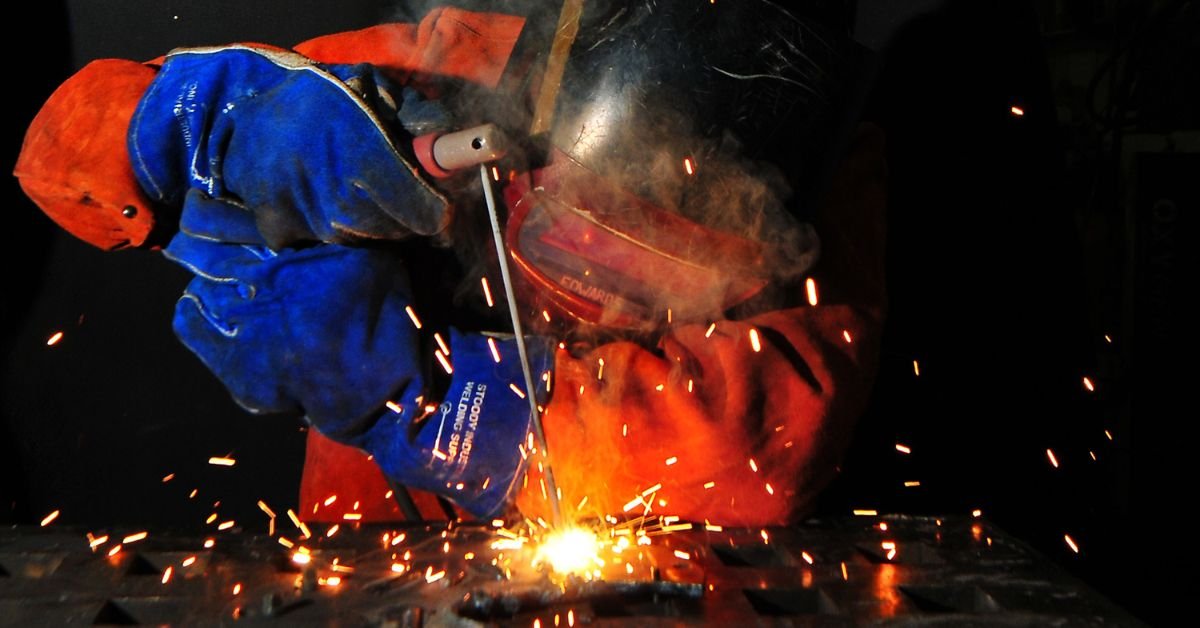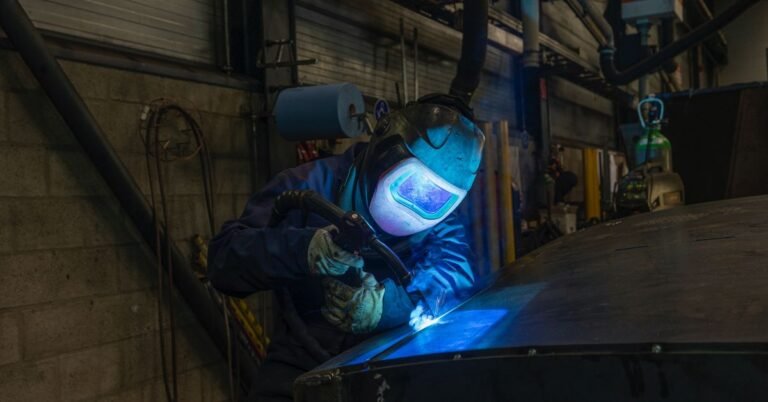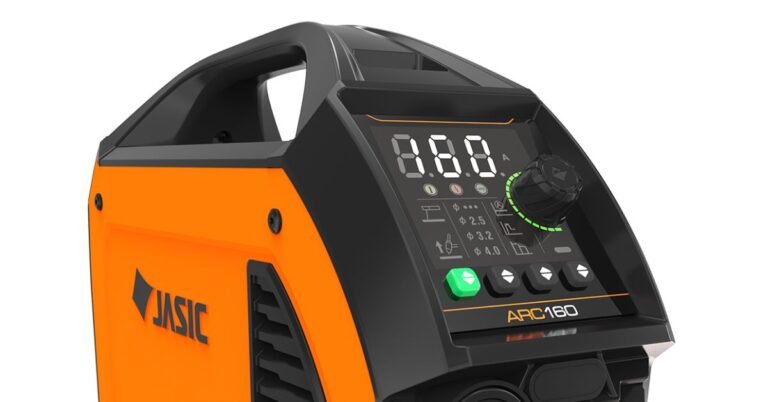Which Welding Is Easiest To Learn
Embarking on the journey of learning welding is an exciting prospect, but with various welding techniques available, choosing the right one can be overwhelming for beginners. If you’re new to welding and eager to dive into this transformative craft, fear not! In this blog post, we will explore some of the easiest welding techniques to learn, helping you take the first steps in mastering this versatile skill with confidence and enthusiasm.
- MIG Welding – The Beginner’s Best Friend:
MIG (Metal Inert Gas) welding is widely regarded as one of the easiest welding techniques for beginners. This process involves feeding a consumable wire electrode through a welding gun, which creates an arc that fuses metals together. MIG welding offers several advantages, including:
- Simple Setup: MIG welding machines are user-friendly, making setup quick and straightforward, especially for those just starting.
- High Welding Speed: MIG welding provides fast and continuous welds, making it easier to maintain a steady bead.
- Forgiving of Minor Imperfections: MIG welding is forgiving of small gaps and irregularities in joint preparation, making it more accommodating for beginners.
- Stick Welding – Rugged and Versatile:
Stick welding, also known as Shielded Metal Arc Welding (SMAW), is another popular choice for beginners. In stick welding, an electrode with a flux coating is used to create an arc, which forms the weld pool. Stick welding is advantageous for beginners due to:
- Portability: Stick welding machines are compact and portable, making them suitable for various welding environments.
- Affordable Equipment: Stick welding equipment is often more budget-friendly, making it accessible to hobbyists and beginners.
- Versatility: Stick welding can be used for various metal types and thicknesses, providing a broader range of applications.
- TIG Welding – The Art of Precision:
While TIG (Tungsten Inert Gas) welding may require more practice, it is still within reach for beginners with the right approach. TIG welding uses a non-consumable tungsten electrode to create an arc, and a separate filler rod is added for the weld. TIG welding offers advantages like:
- Clean and Aesthetic Welds: TIG welding produces clean, precise welds, making it ideal for projects where appearance matters.
- Versatility: TIG welding can be used for a wide range of materials, including stainless steel, aluminum, and copper.
- Controllable Heat Input: With proper technique, TIG welding allows for precise control over heat input, reducing the risk of overheating.
Conclusion:
As a beginner in the world of welding, MIG welding and Stick welding are excellent choices to get started due to their ease of use, forgiving nature, and budget-friendly equipment. Although TIG welding may require more practice, it offers the art of precision and is worth exploring as you progress in your welding journey. Remember, practice and patience are key to mastering any welding technique. So, embrace the sparks, dive into your chosen welding technique, and let your creativity and skills shape the world of metal fabrication! Happy welding!







